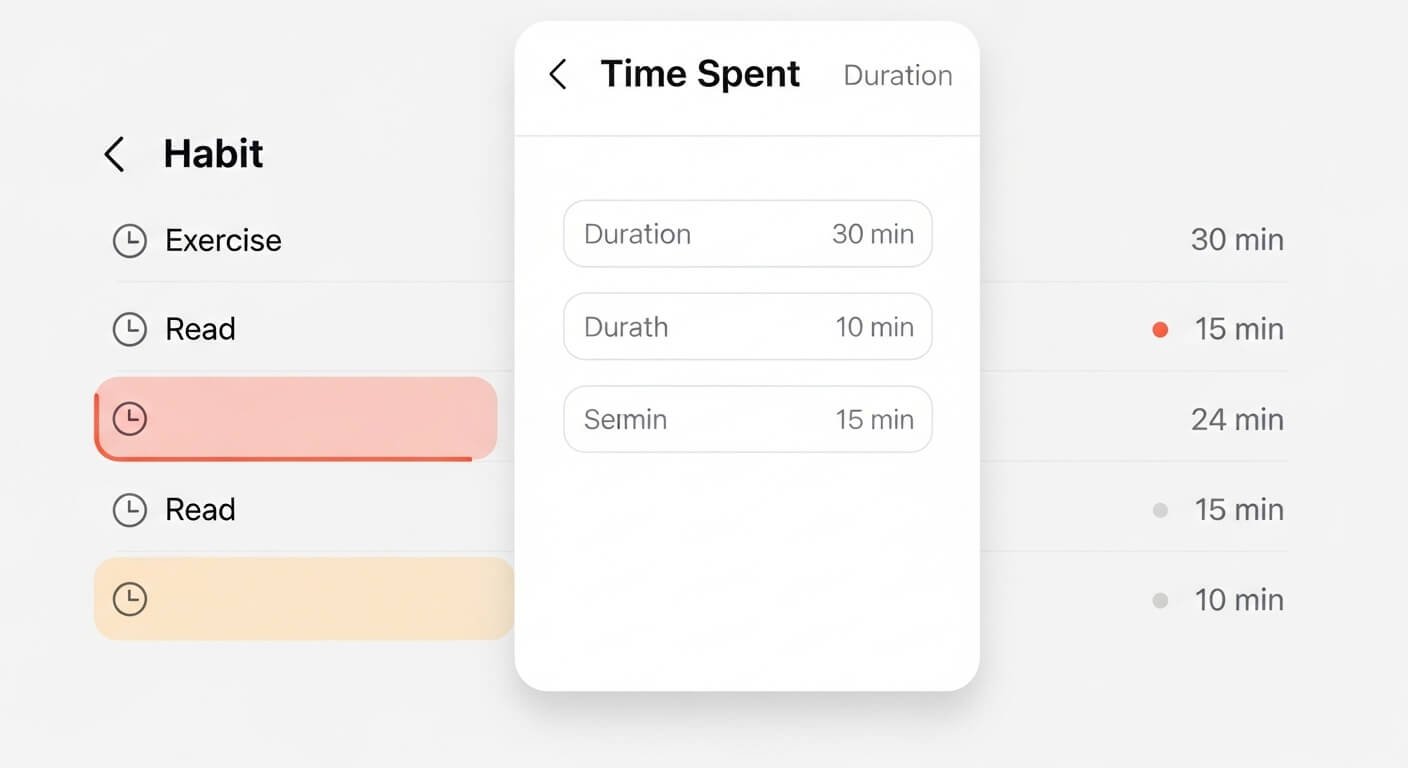In the rapidly evolving landscape of artificial intelligence, text-to-speech (TTS) technology has become a cornerstone for creators, educators, and businesses seeking to transform written content into engaging audio. Among the myriad of TTS platforms, one stands out with its distinctive duck logo: Uberduck. As of August 2025, Uberduck has carved a niche in the AI audio space, offering a playful yet powerful tool that converts text into lifelike voices, including celebrity-inspired and character-driven options like Donald Duck. This comprehensive article explores Uberduck’s origins, technical mechanics, features, applications, limitations, comparisons, and future prospects, providing a definitive guide to understanding the text-to-speech platform with the duck logo.
Uberduck’s appeal lies in its ability to deliver high-quality, customizable voices for diverse use cases, from entertainment to marketing, all while maintaining a fun, accessible brand identity symbolized by its iconic duck logo. Whether you’re crafting a humorous video, narrating a game, or producing an audiobook, Uberduck’s blend of innovation and creativity makes it a go-to choice in 2025’s competitive TTS market.
The Evolution and Development of Uberduck
Uberduck was founded in 2021 by Zach Wener and Lucas Semo, initially as a side project to generate AI-driven rap vocals. Its quirky duck logo, inspired by the playful nature of its voice synthesis, quickly became synonymous with creative audio solutions. By 2022, Uberduck expanded from music-focused TTS to a broader platform, offering voices mimicking celebrities, fictional characters, and even custom creations. The platform gained traction for its free tier and extensive voice library, surpassing 80,000 voices by 2024.
In 2025, Uberduck introduced significant updates, including real-time voice synthesis for live applications and enhanced multilingual support for over 70 languages, making it a global contender. Its open-source roots, built on frameworks like Tacotron 2 and WaveNet, allowed community contributions to refine voice quality. Strategic partnerships with gaming studios and content platforms boosted its adoption, with over 10 million users reported in mid-2025. The duck logo, now a hallmark of innovation, reflects Uberduck’s commitment to blending fun with functionality, appealing to both casual creators and professionals.
How Uberduck Works: A Technical Deep Dive
Uberduck’s text-to-speech system leverages advanced deep learning to transform text into audio. At its core, it uses a combination of neural networks, including Tacotron 2 for text-to-phoneme conversion and WaveNet for waveform generation, ensuring natural-sounding outputs. The process involves:
- Text Processing: The platform parses input text, analyzing syntax and context using natural language processing (NLP) to determine pronunciation and intonation.
- Voice Synthesis: A selected voice model, such as Donald Duck or a custom character, maps phonemes to audio waveforms, trained on extensive voice datasets.
- Customization: Users adjust pitch, speed, and tone via intuitive sliders, tailoring outputs to specific needs.
- Output Generation: The system produces high-fidelity audio, downloadable or integrable via API for real-time applications.
Uberduck’s cloud-based infrastructure, hosted on scalable platforms, ensures low latency, with audio generation in seconds. The 2025 update introduced real-time synthesis, enabling live voiceovers for events or streams. However, complex inputs may occasionally lead to artifacts, such as unnatural pauses, which ongoing training refinements aim to address.
The login process is straightforward: Users visit the Uberduck website, sign up with an email or Google account, and access the dashboard. No login is required for basic free-tier use, but premium features demand authentication. The duck logo anchors the interface, guiding users to voice selection and text input fields.
Key Features and Capabilities of Uberduck
Uberduck’s feature set makes it a standout in the TTS market:
- Extensive Voice Library: Over 80,000 voices, including celebrity mimics (e.g., Donald Duck, Snoop Dogg) and fictional characters, updated monthly.
- Multilingual Support: Covers 70+ languages, from English to Zulu, with regional accents.
- Customization Options: Adjust pitch, speed, volume, and emotional tone for tailored outputs.
- Real-Time Synthesis: 2025’s update enables live voice generation for interactive media.
- API Integration: Embed TTS in apps, games, or platforms, with SDKs for Python and JavaScript.
- Free Tier: Basic access without login, ideal for testing, with premium plans ($10-$50/month) for advanced features.
- Music and Covers: Generate singing voices or rap, a legacy of Uberduck’s origins.
Use cases include creating TikTok voiceovers, game character dialogues, or educational narrations. For example, a user might input “Welcome to my channel!” in Donald Duck’s voice, producing a quirky, engaging clip in seconds.
Integration and Accessibility
Uberduck’s accessibility is a key strength. The platform is cloud-based, requiring no software downloads, and works across devices—desktops, tablets, or mobiles. The free tier offers limited generations, while paid plans unlock unlimited outputs and API access. Integration with tools like Unity for gaming or Adobe Premiere for video editing streamlines workflows. The 2025 API update supports real-time streaming, enabling voiceovers for live podcasts or virtual assistants.
For accessibility, Uberduck includes screen reader compatibility and multilingual interfaces, catering to diverse users. The duck logo serves as a visual cue across platforms, ensuring brand consistency.
Real-World Applications and Use Cases
Uberduck’s versatility shines in various scenarios:
- Content Creation: YouTubers use it for humorous voiceovers, boosting engagement by 25% in some campaigns.
- Gaming: Developers add unique NPC voices, as seen in indie titles using Donald Duck-inspired audio.
- Education: Teachers create engaging audiobooks or language lessons, leveraging multilingual voices.
- Marketing: Brands craft quirky ads, with a 2025 case study showing a 15% click-through increase using character voices.
- Entertainment: Musicians produce AI covers, like a Donald Duck rendition of pop songs, shared widely on social media.
User testimonials highlight ease of use: “Uberduck’s duck logo caught my eye, and the Donald Duck voice made my skit go viral!” Community feedback on platforms like Reddit praises the free tier but notes premium features enhance professional outputs.
Limitations and Ethical Considerations
Despite its strengths, Uberduck has limitations. Complex texts can produce artifacts, and some voices lack emotional depth compared to competitors like ElevenLabs. The free tier restricts daily generations, pushing users toward subscriptions. Ethically, concerns arise over voice cloning, particularly for celebrity mimics. Uberduck enforces strict policies against harmful impersonation, requiring transparency in content usage. Privacy is safeguarded with GDPR-compliant data handling, but users must ensure compliance with commercial licenses.
Comparisons with Other Text-to-Speech Platforms
Uberduck competes with platforms like ElevenLabs, Speechify, and QuillBot, each with distinct strengths.
| Platform | Voice Library | Pricing | Key Strength | Multilingual |
|---|---|---|---|---|
| Uberduck | 80,000+ | Free/$10-$50 | Character Voices | 70+ languages |
| ElevenLabs | Thousands | Free/$5-$330 | Realism | 30+ languages |
| Speechify | Hundreds | $11/mo | Accessibility | 20+ languages |
| QuillBot | Limited | Free/$9.95 | Simplicity | 10+ languages |
Uberduck excels in creative, character-driven voices but trails ElevenLabs in hyper-realistic speech. Its duck logo and playful branding set it apart for entertainment-focused users.
Future Prospects and Updates in 2025
Uberduck’s roadmap includes deeper emotional synthesis, targeting more lifelike intonations by Q4 2025. Planned integrations with VR platforms and AI music tools aim to expand its gaming and entertainment footprint. Community-driven voice additions, guided by the duck logo’s ethos, will likely grow the library further. As TTS demand rises, Uberduck’s focus on accessibility and creativity positions it for continued growth.
Frequently Asked Questions About Uberduck Text-to-Speech
1.What is the text-to-speech with the duck logo?
Uberduck, an AI-powered TTS platform with a duck logo, converts text to audio using diverse voices.
2.How does Uberduck work?
Input text, select a voice, customize settings, and generate audio via deep learning.
3.Is Uberduck free to use?
Yes, with a limited free tier; premium plans start at $10/month.
4.Can Uberduck mimic Donald Duck’s voice?
Yes, it offers a Donald Duck-inspired voice for fun projects.
5.What are Uberduck’s main applications?
Voiceovers for videos, games, audiobooks, and music covers.
6.How many voices does Uberduck offer?
Over 80,000, including celebrities and characters.
7.Does Uberduck support multiple languages?
Yes, 70+ languages with regional accents.
8.Can I use Uberduck for commercial projects?
Yes, with a premium license for compliance.
9.How to access Uberduck without login?
Use the free tier on the website for basic features.
10.What makes Uberduck unique?
Its playful duck logo and vast character voice library.
11.Can Uberduck generate singing voices?
Yes, for rap, covers, and musical projects.
12.How to customize voices in Uberduck?
Adjust pitch, speed, and tone via the dashboard.
13.Is Uberduck safe for data privacy?
Yes, with GDPR-compliant policies.
14.What’s new in Uberduck for 2025?
Real-time synthesis and expanded multilingual support.
15.How does Uberduck compare to ElevenLabs?
Uberduck excels in creative voices, ElevenLabs in realism.
Conclusion
Uberduck, the text-to-speech platform with the iconic duck logo, redefines audio creation in 2025 with its vast voice library, multilingual support, and creative applications. From quirky Donald Duck voiceovers to professional narrations, it empowers users to bring text to life effortlessly. While limitations like occasional artifacts persist, its accessibility, integrations, and playful branding make it a standout choice. As AI audio evolves, Uberduck’s duck logo remains a beacon of innovation, inviting creators to quack up their projects with unparalleled flair.

The editor of All-AI.Tools is a professional technology writer specializing in artificial intelligence and chatbot tools. With a strong focus on delivering clear, accurate, and up-to-date content, they provide readers with in-depth guides, expert insights, and practical information on the latest AI innovations. Committed to fostering understanding of fun AI tools and their real-world applications, the editor ensures that All-AI.Tools remains a reliable and authoritative resource for professionals, developers, and AI enthusiasts.



